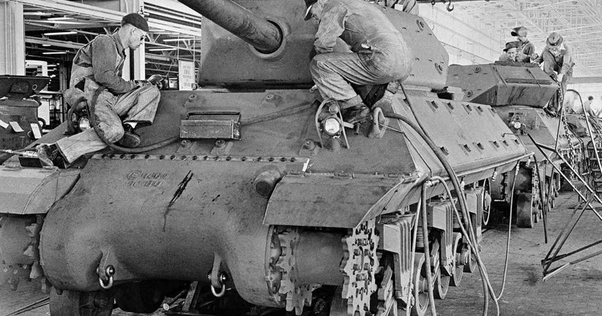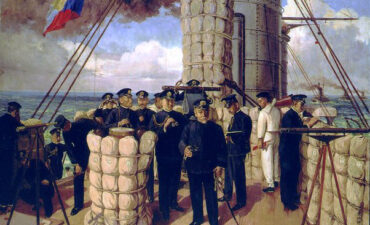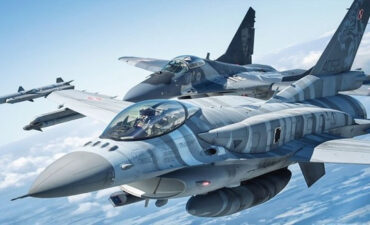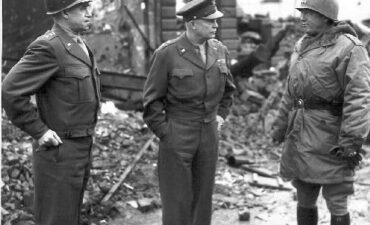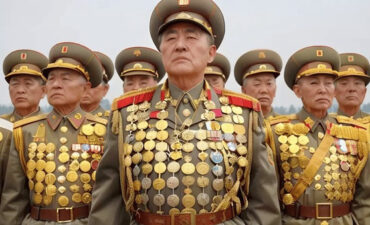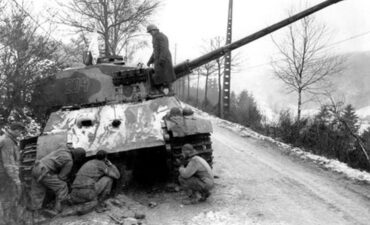Were M10 Tank Destroyers Truly Effective in WWII Combat?
Were M10 Tank Destroyers Truly Effective in WWII Combat? The M10 Tank Destroyer, known as the “Wolverine,” was an important part of the U.S. Army’s anti-tank doctrine during World War II, but its effectiveness had both strengths and limitations.
Strengths:
Firepower:
The M10 was equipped with a 3-inch (76.2 mm) M7 gun, which had good penetration power and could effectively engage most German tanks at the time of its introduction. This firepower made it capable of taking on medium tanks like the Panzer IV and, under the right conditions, even more heavily armored vehicles.
Mobility:
Built on the M4 Sherman chassis, the M10 had good mobility and could keep up with advancing infantry and mechanized units. Its ability to move quickly allowed it to set up ambushes and respond to enemy armor threats more flexibly.
Open-Topped Turret:
The open-top turret design allowed for excellent visibility for the crew, making it easier to spot enemy armor. This design was particularly beneficial in a defensive role, where the M10 could ambush approaching tanks.
Limitations:
Armor Protection:
The M10’s armor was relatively thin (up to 57 mm) and sloped for better protection, but it was still vulnerable to enemy fire, especially from German anti-tank guns and larger tank calibers. Its open-top design also left the crew exposed to shrapnel, artillery fire, and small arms, making it risky in sustained engagements.
Anti-Tank Doctrine:
The U.S. Army’s tank destroyer doctrine was focused on creating specialized units to deal with enemy armor rather than having tanks fight tanks directly. In practice, however, the fluid nature of combat often meant that the M10s were used in roles similar to tanks, which sometimes put them at a disadvantage due to their lighter armor and less versatile design.
Outmatched by Heavier German Tanks:
As the war progressed, the M10 faced increasingly formidable German tanks, like the Panther and Tiger. The 3-inch gun struggled against the heavier frontal armor of these tanks, requiring the M10 to rely on flanking tactics or ambushes to effectively engage them.
Conclusion:
The M10 Tank Destroyer was effective in its intended role, especially during the earlier years of the war, where its mobility and firepower allowed it to counter medium tanks. However, as German armor became more advanced, the M10’s limitations in protection and firepower became more apparent. Its effectiveness was often situational, depending heavily on tactics like ambushing and avoiding direct confrontations with heavier tanks. The later introduction of more heavily armed and armored tank destroyers like the M36 Jackson was in response to the changing battlefield requirements.
